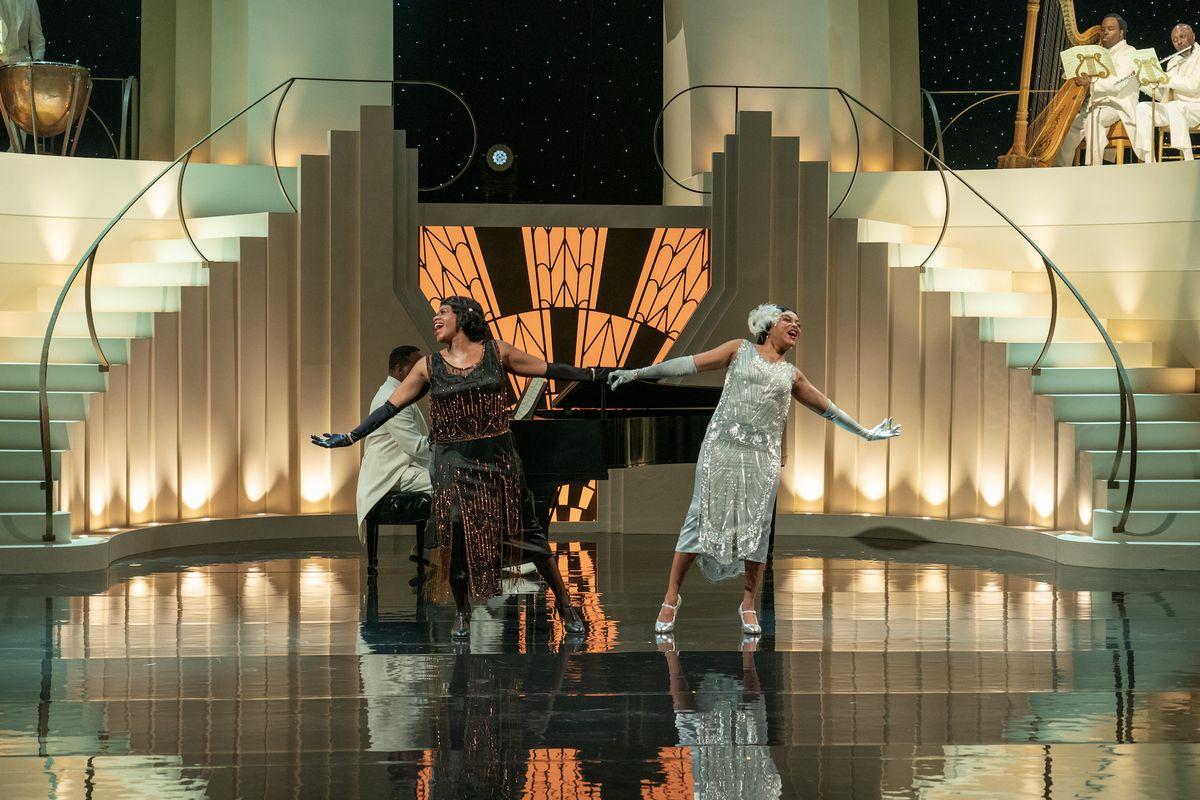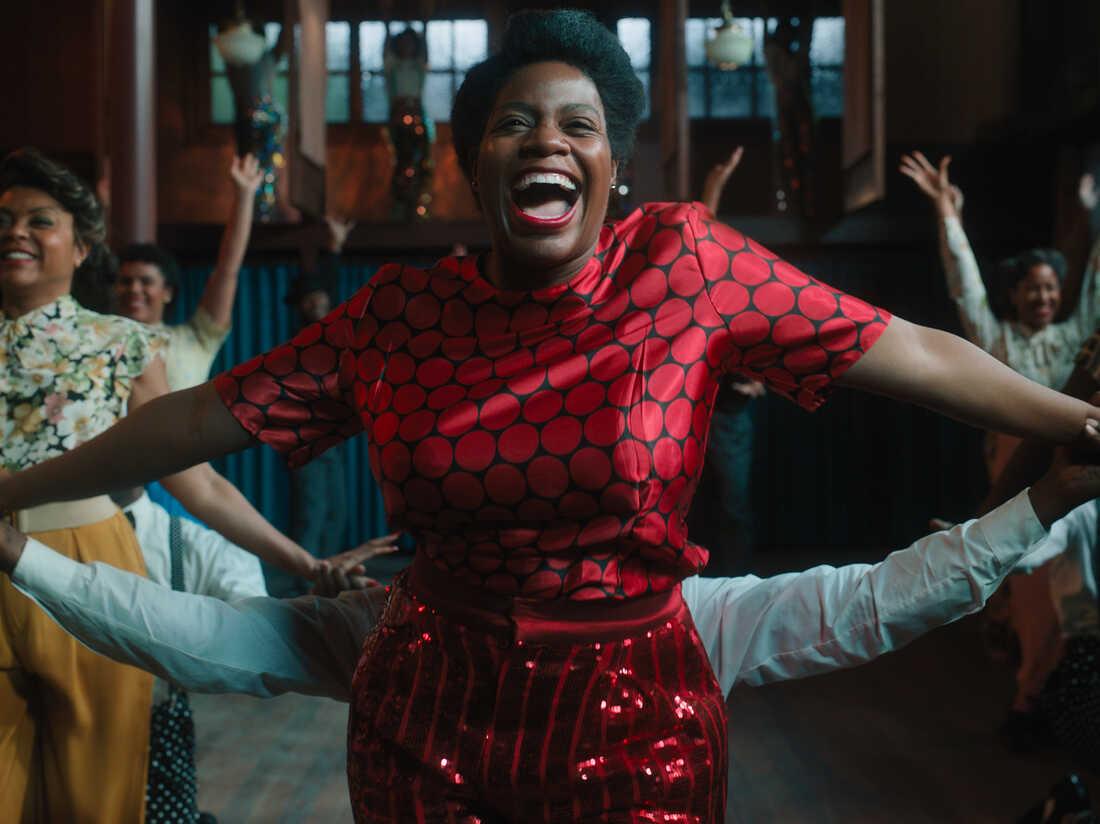If you click on a link and make a purchase we may receive a small commission. Read our editorial policy.
The Color Purple movie musical leaves its queer romance in the background - to the movie's detriment
Unlike the new movie adaptation, both the musical it is based on as well as Alice Walker's classic novel center the romance between Celie and Shug instead of just featuring it

Watching Cynthia Erivo in the 2015 Broadway revival of The Color Purple was one of the most powerful theater experiences in my life. I will never forget Erivo's ability to express Celie's growth from severely abused teen to powerful woman, peaking in her absolutely unbelievable performance of 'I'm Here.' There wasn't a dry eye in the audience, and I'm sure I wasn't the only one who was openly weeping when she finally came to the words, "I'm beautiful." The audience erupted in cheers, even in the middle of the song, and their reaction was wholly understandable. After hours of hearing most everyone in Celie's life - including herself - call her ugly, the moment feels like the ultimate triumph.
So why didn't it feel the same in the movie adaptation? While I really loved The Color Purple and found it a marvelous success in many ways, I also found that the movie lacked the emotional power of the Broadway production because it puts the romantic relationship between Shug Avery and Celie on the backburner. Of course, this movie's depiction of the romance is a step forward from Stephen Spielberg's non-musical adaptation of the book, clearly placing the characters in a romance, having them kiss and wake up in the same bed. However the romance between Shug and Celie isn't just a kiss and supposed sex, it's central to Celie's development as a character.
It's through Shug, as well as Sofia, that Celie gains the courage to leave Mister in the first place.
Shug is the first person to ever tell Celie she's beautiful, and in the musical that moment takes form in a gorgeous ballad 'Too Beautiful for Words.' It's powerful, and central to their relationship. Celie of course, doesn't agree at the time, but it does change her life. It's through Shug, as well as Sofia, that Celie gains the courage to leave Mister in the first place. But in the musical and in the book, she doesn't stop there - she leaves Shug too. While in the movie, Shug and her relationship with Celie fades to smiling in the background, in the musical, Celie ends up standing up for herself and leaving Shug, who wants to have a dalliance with a young man and then come back to Celie after. Not only has Celie grown to the point of leaving her abusive husband, she is also able to leave the woman she loves because of treatment she doesn't deserve. It's a central part of Celie's story in both Alice Walker's novel and the musical, and it's completely left out of the movie adaptation.

In both the book and the musical, Celie becomes whole when she realizes that she can live without Shug. In the musical, that moment is tied into the eleven o'clock number 'I'm Here,' which Fantasia sings beautifully in the movie, but with perhaps with less power due to the lack of context that makes it so emotional. In the musical, the song happens directly after the confrontation between Celie and Shug, with Celie saying that she will not wait for Shug if she leaves to have an affair. Celie, now on her own, begins to sing, "I don't need you to love me. I don't need you to love." The song is about Celie coming into herself, and understanding that she doesn't need someone to tell her she is beautiful when she knows that she is. But she did need Shug to come into her life to get there, and that's why the movie lacks that emotional punch that hit so hard in the Broadway revival.

Of course, I understand that Broadway musicals are long (hence intermission) and that The Color Purple's two and a half hour runtime needed to be cut down for the movies. And yet, it still felt like something was missing when Fantasia's Celie branched out into "I'm Here" in a quiet moment after Mister drops off a box of her old things. The big growth that she had shown in the movie (when she left Mister) happened scenes and scenes ago, leaving the song as an afterthought instead of a representation of Celie's own power coursing through her veins when she realizes that she loves who she is, and the movie feels a little lesser for it.
The Color Purple is currently in theaters. Buy tickets on Fandango or Atom Tickets.
Follow Popverse for upcoming event coverage and news
Find out how we conduct our review by reading our review policy
Let Popverse be your tour guide through the wilderness of pop culture
Sign in and let us help you find your new favorite thing.
















Comments
Want to join the discussion? Please activate your account first.
Visit Reedpop ID if you need to resend the confirmation email.